detail profile henri georges clouzot

Henri-Georges Clouzot
H.G. Clouzot
atau dikenal sebagai
Riwayat Hidup
Henri-Georges Clouzot (August 18, 1907 – January 12, 1977) was a French film director, screenwriter and producer.
He is best remembered for his work in the thriller film genre, having directed The Wages of Fear and Les Diaboliques, which are critically recognized to be among the greatest films from the 1950s.
Clouzot also directed documentary films, including The Mystery of Picasso, which was declared a national treasure by the government of France.
Clouzot was an early fan of the cinema and, desiring a career as a writer, moved to Paris.
He was later hired by producer Adolphe Osso to work in Berlin, writing French-language versions of German films.
After being fired from German studios due to his friendship with Jewish producers, Clouzot returned to France, where he spent years bedridden after contracting tuberculosis.
Upon recovering, Clouzot found work in Nazi occupied France as a screenwriter for the German-owned company Continental Films.
At Continental, Clouzot wrote and directed films that were very popular in France.
His second film Le Corbeau drew controversy over its harsh look at provincial France and Clouzot was fired from Continental before its release.
As a result of his association with Continental, Clouzot was barred by the French government from filmmaking until 1947.
After the ban was lifted, Clouzot reestablished his reputation and popularity in France during the late 1940s with successful films including Quai des Orfèvres.
After the release of his comedy film Miquette et sa mère, Clouzot married Véra Gibson-Amado, who would star in his next three feature films.
In the early and mid-1950s, Clouzot drew acclaim from international critics and audiences for The Wages of Fear and Diabolique.
Both films would serve as source material for remakes decades later.
After the release of La Vérité, Clouzot's wife Véra died of a heart attack and Clouzot's career suffered due to depression, illness and new critical views of films from the French New Wave.
Clouzot's career became less active in later years, limited to a few television documentaries and two feature films in the 1960s.
Clouzot wrote several unused scripts in the 1970s and died in Paris in 1977.
Description above from the Wikipedia article Henri-Georges Clouzot, licensed under CC-BY-SA, full list of contributors on Wikipedia
Info Pribadi
Peran Yang Di Mainkan Henri-Georges Clouzot
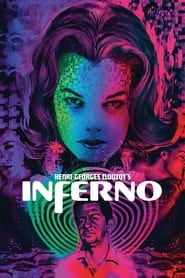 In 1964 HenriGeorges Clouzots production of LEnfer...
In 1964 HenriGeorges Clouzots production of LEnfer...Henri-Georges Clouzot's Inferno 2009
In 1964, Henri-Georges Clouzot's production of L'Enfer came to a halt. Despite huge expectations, major studio backing and an unlimited budget, after three weeks the production collapsed. This documentary presents Inferno's incredible expressionistic original rushes, screen tests, and on-location footage, whilst also reconstructing Clouzot's original vision, and shedding light on the ill-fated endeavor through interviews, dramatizations of unfilmed scenes, and Clouzot's own notes.
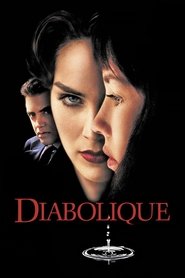 The wife and mistress of a...
The wife and mistress of a...Diabolique 1996
The wife and mistress of a cruel school master collaborate in a carefully planned and executed scheme to murder him. The plan goes well until the body, which has been strategically dumped, disappears. The psychological strain starts to weigh on the two women when a retired police investigator begins looking into the man's disappearance on a whim.
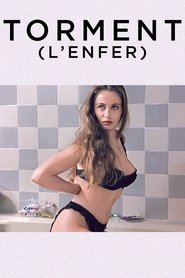 Forced to work extremely hard to...
Forced to work extremely hard to...Torment 1994
Forced to work extremely hard to keep things afloat, Paul begins hearing voices in his head questioning his past choices. Convinced that his wife has been unfaithful, he begins to see every male guest as a potential threat. What follows is Paul's downward spiral into the madness of deranged jealousy where he finally discovers that hell is not a state of mind – hell is himself.
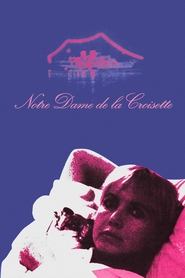 A woman goes to Cannes and...
A woman goes to Cannes and...Notre Dame de la Croisette 1983
A woman goes to Cannes and, lost in its chaos and unable to obtain tickets, ends up watching it on television from her hotel room.
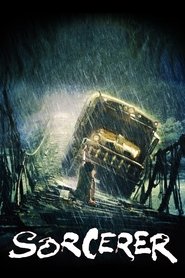 Four men from different parts of...
Four men from different parts of...Sorcerer 1977
Four men from different parts of the globe, all hiding from their pasts in the same remote South American town, agree to risk their lives transporting several cases of dynamite (which is so old that it is dripping unstable nitroglycerin) across dangerous jungle terrain.
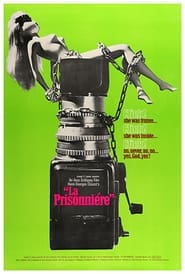 Gallery director Stanislas bolsters the development...
Gallery director Stanislas bolsters the development...Woman in Chains 1968
Gallery director Stanislas bolsters the development of modern art with his collection of surprising works. His newest acquisition is a sculpture by Gilbert, whose wife Josée is captivated by Stanislas. But unbeknownst to her, Stanislas is amassing photographs of a very perverse, disturbed nature.
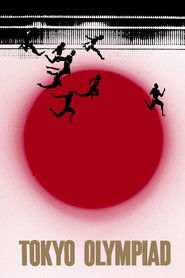 This impressionistic portrait of the 1964 Tokyo...
This impressionistic portrait of the 1964 Tokyo...Tokyo Olympiad 1965
This impressionistic portrait of the 1964 Tokyo Summer Olympics pays as much attention to the crowds and workers as it does to the actual competitive events. Highlights include an epic pole-vaulting match between West Germany and America, and the final marathon race through Tokyo's streets. Two athletes are highlighted: Ethiopian marathon runner Abebe Bikila, who receives his second gold medal, and runner Ahamed Isa from Chad, representing a country younger than he is.
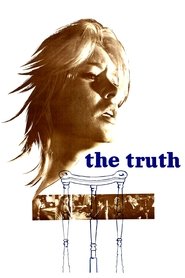 As Dominique Marceau is being tried...
As Dominique Marceau is being tried...The Truth 1960
As Dominique Marceau is being tried for the murder of Gilbert Tellier, accounts by different witnesses paint a picture of the kind of relationship the two used to share.
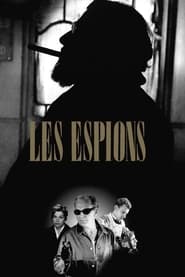 A doctor at a rundown psychiatric...
A doctor at a rundown psychiatric...The Spies 1957
A doctor at a run-down psychiatric hospital is offered a large sum of money to shelter a new patient. Soon the place is full of suspicious and secretive characters, all apparently international secret agents trying to find out who and what the patient is.
 Using a specially designed transparent canvas...
Using a specially designed transparent canvas...The Mystery of Picasso 1956
Using a specially designed transparent 'canvas' to provide an unobstructed view, Picasso creates as the camera rolls. He begins with simple works that take shape after only a single brush stroke. He then progresses to more complex paintings, in which he repeatedly adds and removes elements, transforming the entire scene at will, until at last the work is complete.
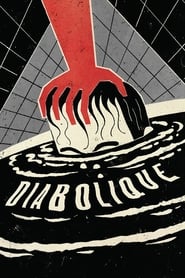 The cruel and abusive headmaster of...
The cruel and abusive headmaster of...Diabolique 1955
The cruel and abusive headmaster of a boarding school, Michel Delassalle, is murdered by an unlikely duo -- his meek wife and the mistress he brazenly flaunts. The women become increasingly unhinged by a series of odd occurrences after Delassalle's corpse mysteriously disappears.
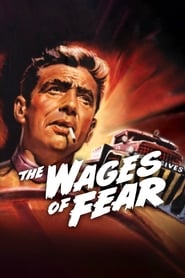 In a rundown South American town...
In a rundown South American town...The Wages of Fear 1953
In a run-down South American town, four men are paid to drive trucks loaded with nitroglycerin into the jungle through to the oil field. Friendships are tested and rivalries develop as they embark upon the perilous journey.
 Port of Marseille France recently liberated...
Port of Marseille France recently liberated...Manon 1949
Port of Marseille, France, recently liberated from the German yoke. Caught as stowaways aboard a ship, Manon, a young woman who was accused of collaborating with the Nazis, and Robert, a freedom fighter who saved her from reprisals, tell the captain about the many challenges they have had to face in order to survive.
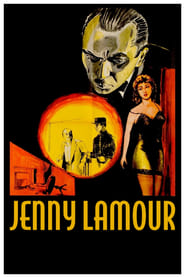 Paris France December 1946 Jenny Lamour an...
Paris France December 1946 Jenny Lamour an...Jenny Lamour 1947
Paris, France, December 1946. Jenny Lamour, an ambitious cabaret singer, and Maurice, her extremely jealous pianist husband, become involved in the thorough investigation of the murder of a shady businessman, led by Antoine, a peculiar and methodical police inspector.
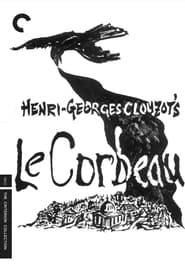 Remy Germain is a doctor in...
Remy Germain is a doctor in...Le Corbeau 1943
Remy Germain is a doctor in a French town who becomes the focus of a vicious smear campaign, as letters accusing him of having an affair and performing unlawful abortions are mailed to village leaders. The mysterious writer, who signs each letter as "Le Corbeau" (The Raven) soon targets the whole town, exposing everyone's dark secrets.
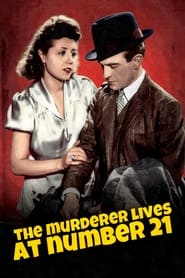 Paris France Commissaire Wens follows the...
Paris France Commissaire Wens follows the...The Murderer Lives at Number 21 1942
Paris, France. Commissaire Wens follows the lead of a ruthless murderer to an unexpected place.
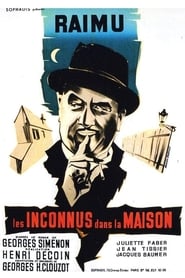 Loursat a lawyer lives with his...
Loursat a lawyer lives with his...Strangers in the House 1942
Loursat, a lawyer, lives with his daughter Nicole in a sinister and vast bourgeois residence. Abandoned for nearly twenty years by his wife, the brilliant lawyer has sunk into alcoholism and his relationship with his daughter is virtually non-existent. However, one day the corpse of a stranger is discovered in the residence of Loursat. Nicole, who frequents a gang of young people who escape boredom by stealing cars and other objects, is immediately suspected.
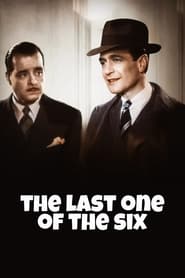 Paris France Commissaire Wens is put...
Paris France Commissaire Wens is put...The Last One of the Six 1941
Paris, France. Commissaire Wens is put in charge of the investigation into the murder of one of six friends who, in the past, made a very profitable promise.
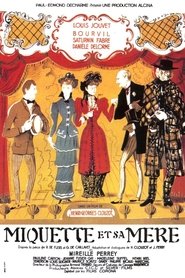 A provincial ingenue leaves her mothers...
A provincial ingenue leaves her mothers...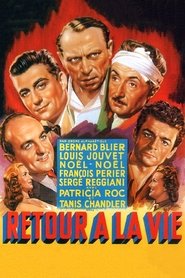 In France in 1946 the difficult return...
In France in 1946 the difficult return...